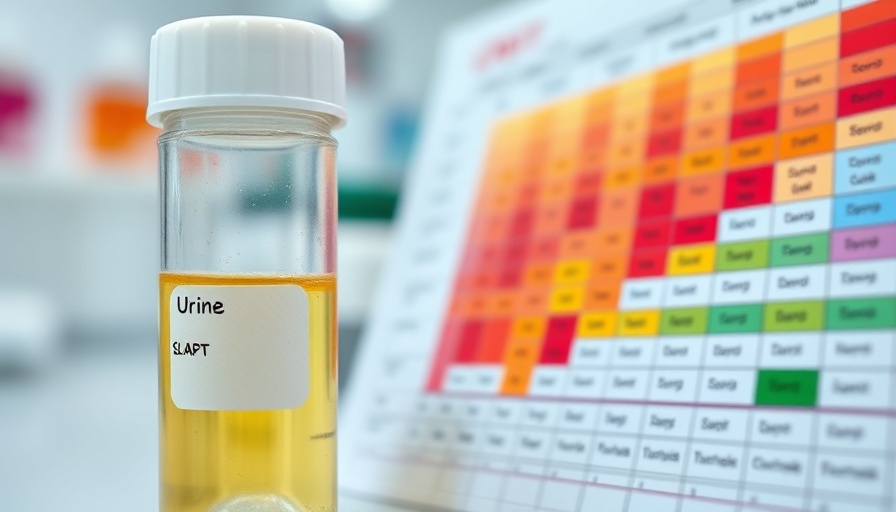
Understanding Oily Urine: Why It Happens and When to Seek Medical Help
Have you ever been startled by a strange, oily, or greasy texture in your urine? While it may seem bizarre, paying attention to changes in your bodily fluids is crucial for understanding your health. From the color and consistency to unusual textures, these markers could signify anything from a minor dietary mishap to more serious health complications.
So, what causes oily urine, and when should you be concerned? In this article, we’ll explore five surprising factors that might contribute to this condition and provide guidance on when it’s necessary to reach out to a healthcare provider.
1. Dietary Choices: Are You What You Eat?
The foods we eat directly impact our bodily functions. An excess of unhealthy fats, particularly trans and saturated fats, can disrupt your body’s fat metabolism. When it struggles to process these fats, they may appear in your urine, presenting an oily texture. If you consume a diet rich in processed or fried foods, consider evaluating your eating habits; changes in your diet could yield noticeable improvements in your urinary health.
2. Malabsorption Disorders: The Body’s Nutritional Dilemma
Conditions like Celiac disease, Crohn’s disease, and pancreatitis can hinder your body’s ability to absorb fats properly. When fats are not adequately metabolized, they might be excreted in your urine, leading to an oily appearance. Accompanying symptoms often involve digestive distress such as diarrhea and unintended weight loss, indicating a need for professional medical advice.
3. Kidney Health: The Filters of Your Body
Kidneys play a vital role in filtering waste from the bloodstream. However, conditions like nephrotic syndrome can compromise this function, allowing proteins and fats to leak into the urine. This not only results in oily urine but may also lead to other symptoms, including swelling in the extremities and foamy urine, indicating a need for immediate medical attention.
4. Diabetes: A Condition with Many Faces
Diabetes can also present oily urine, particularly through the process of ketosis—where the body burns fat for energy in lieu of glucose. If you notice oily urine accompanied by symptoms such as extreme thirst, abdominal pain, or confusion, it's imperative to consult your doctor immediately. Diabetic ketoacidosis is a potentially life-threatening situation that arises from this metabolic state and requires prompt treatment.
5. Chyluria: When Lymph Meets Urine
Chyluria, a condition marked by the leakage of lymphatic fluid into the urine, can cause it to appear milky or oily. This condition might raise flags for underlying issues, such as parasitic infections or problems with the lymphatic system. If you notice any oily appearance with a whitish tint in your urine, make it a priority to seek medical assistance.
When Should You See a Doctor?
If you frequently observe oil in your urine, it's crucial to schedule a visit with your healthcare provider. Specifically, seek medical advice if you're experiencing:
- Pain or burning during urination
- Urine tinged with blood
- Unusual swelling in the legs, ankles, or feet
- Unexplained weight fluctuations
- Persistent fatigue or shortness of breath
During your consultation, your doctor may conduct a urinalysis along with other assessments to pinpoint the underlying cause and create a personalized treatment plan.
Understanding the nuances of your health is empowering. Oily urine can signal a variety of conditions, some benign, while others could be serious. By being informed, you can take proactive steps towards maintaining and improving your health.
If you notice any irregularities in your urine, don't hesitate to consult a healthcare professional. Your well-being is paramount, and knowledge is power in effectively managing your health.
 Add Row
Add Row  Add
Add 



Write A Comment